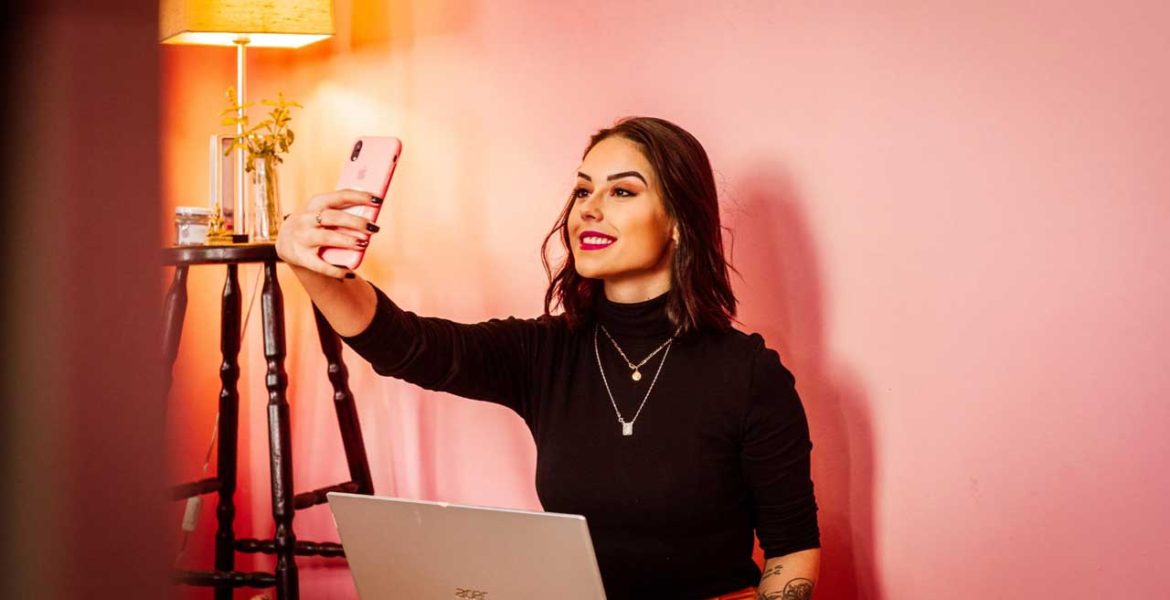According to a recent study by the Association of National Advertisers, 70% of advertisers use influencer marketing, and it’s not hard to see why. Including social media influencers in your strategy can reach new audiences, refresh your messaging and energize your brand – if done properly. For brands interested in connecting with the Latin American market, influencers marketing can make the real difference. But picking the right influencers to partner up with is trickier than it first appears. Here’s our smart guide to making friends and influencing people:
1. A match made in heaven
Misguided or mismatched influencer marketing is always remembered for all the wrong reasons and can harm both the brand and its mouthpiece. Make sure the influencers you work with have a core message that matches or complements your own, otherwise the latter will not resonate with the followers you are hoping to reach and convert.
A useful case study from Latin America is Gabriela Sales, whose “Ricademarre” Instagram account has garnered 3.4m followers thanks to her irreverent, relatable take on everyday life in Brazil. Her followers pay attention when she promotes the latest eyeliner or leisurewear product in her sponsored posts and stories but tune out when she goes through the motions of promoting energy drinks or sportswear. She is not a fitness icon and often pokes fun at her inability to stick to a regular exercise schedule, which makes her endearing to her fans, but probably a poor choice of partner for that kind of brand!
2. Stat attack
As we’ve seen, follower count is not the most relevant or cost-effective metric for singling out potential influencer partners. A high engagement rate is more useful to brands as it shows that followers consistently respond to content. You can make a rough calculation of engagement rates by adding all the likes, comments and other interactions on a post or channel, dividing by the number of followers and multiplying by 100. Online tools allow you to thoroughly investigate influencers, their reach, demographics, the quality of their comments, past partnerships and experience with sponsored content.
Above all, know your goals and let them dictate your influencer strategy – are you trying to reach a broad audience or a niche market? Is your primary aim to promote your brand, or drive conversions? Keeping these questions at the forefront of your mind should help to narrow down your options and home in on those that will truly work for you.
3. Due diligence
You should vet your influencer candidates in advance, checking for past controversies and even lawsuits to determine their suitability as a spokesperson and avoid trouble in the future. A recent example of influencer clout backfiring on a national scale involved Gabriela Pugliesi, a Brazilian Instagram star who spectacularly fell from grace after posting photos of a house party under lockdown in São Paulo. The fitness icon lost 150,000 followers the following day, as well as a host of sponsors, including the Rappi home-delivery app and Hope lingerie. US fashion blogger Arielle Charnas attracted similar criticism in March when she traveled to the Hamptons shortly after testing positive for COVID-19 and lost a sponsorship deal with Nordstrom as a result.
Of course, this kind of incident predates the coronavirus pandemic. YouTube comic Julio Cocielo shot to infamy during the 2018 World Cup over his allegedly racist remarks about French footballer Kylian Mbappé, which led not only to canceled contracts by Coca Cola and Itaú, but also a R$7m lawsuit brought by the State of São Paulo for “collective social damage” caused. These controversies are hard to predict, and often die down once the public moves on, but strict due diligence remains an essential step towards any potential PR partnership. It’s just common sense!
4. Think on your feet
While careful analysis and vetting is important, sometimes an opportunity to work with the perfect influencer for a certain time and place will fall into your lap unexpectedly, and you should strike while the iron is hot. Creativity and opportunism can go a long way and can turn unlikely role models into overnight sensations. Take the case of “Everybody Hates Chris” sitcom actor Tyler James Williams, whose social media pages were flooded by Brazilian fans and trolls when the Record TV channel started to air his show in 2016. The baffled actor initially threatened to block the haters, but instead ended up working with McDonald’s Brazil for a nationwide ad campaign that riffed on his unlikely star status.
Sometimes it pays to work with individuals who don’t even identify as influencers. Marie Claire’s Latin American edition just published an issue focusing on “the real influencers” in the COVID-19 pandemic: women who work on the frontlines to combat the pandemic. The front cover, featuring a health worker whose face is strikingly marked by PPE, is already being hailed as one of the magazine’s most iconic images.
There are no easy answers or quick fixes when it comes to influencer marketing. A sizable budget will ensure your brand is seen by a large number of social media followers, but it will all be for nothing if that audience doesn’t respond to your product or service, or regularly engage with the influencer promoting it. Instead, you should focus on quality over quantity. Seek out influencers who have real and measurable sway over their followers, and whose personal brand, tone and messaging dovetail synergistically with your own. As with any other PR campaign, be diligent, thorough and alert to one-off opportunities that can lead to authentic, creative and fruitful partnerships. If you follow these steps, you’ll soon find that influencers can be instrumental in promoting your brand to the audiences that matter.

